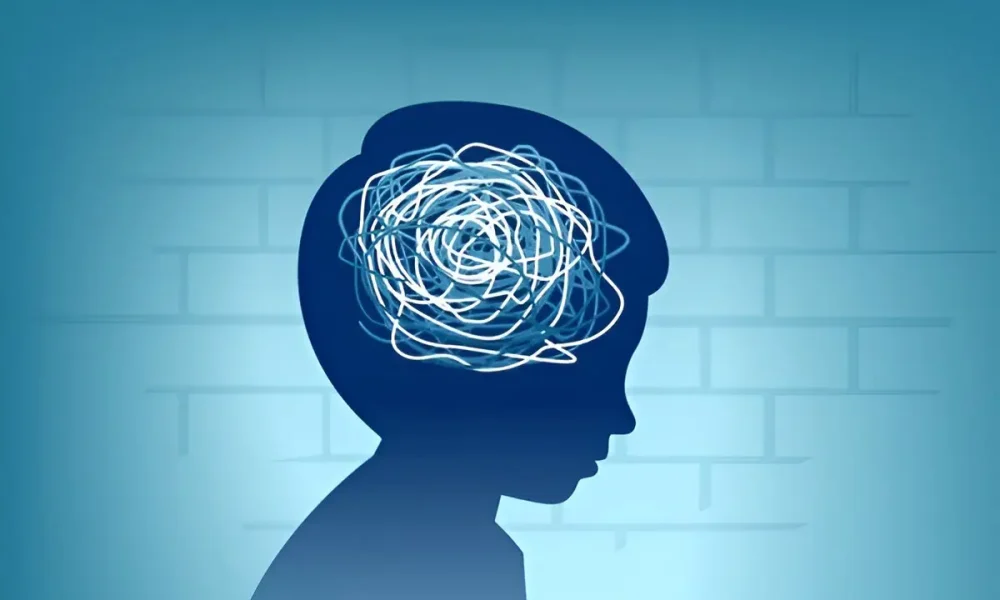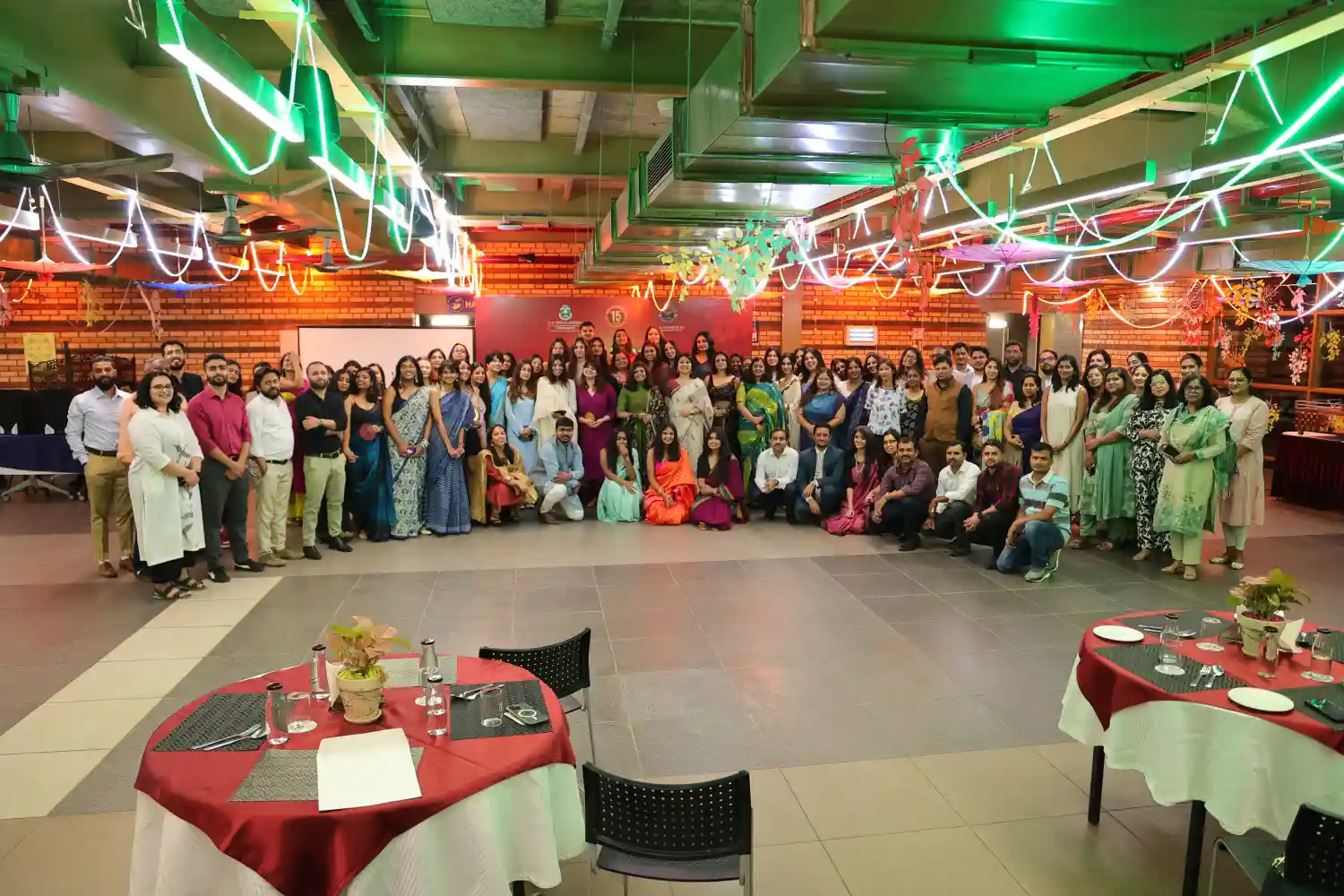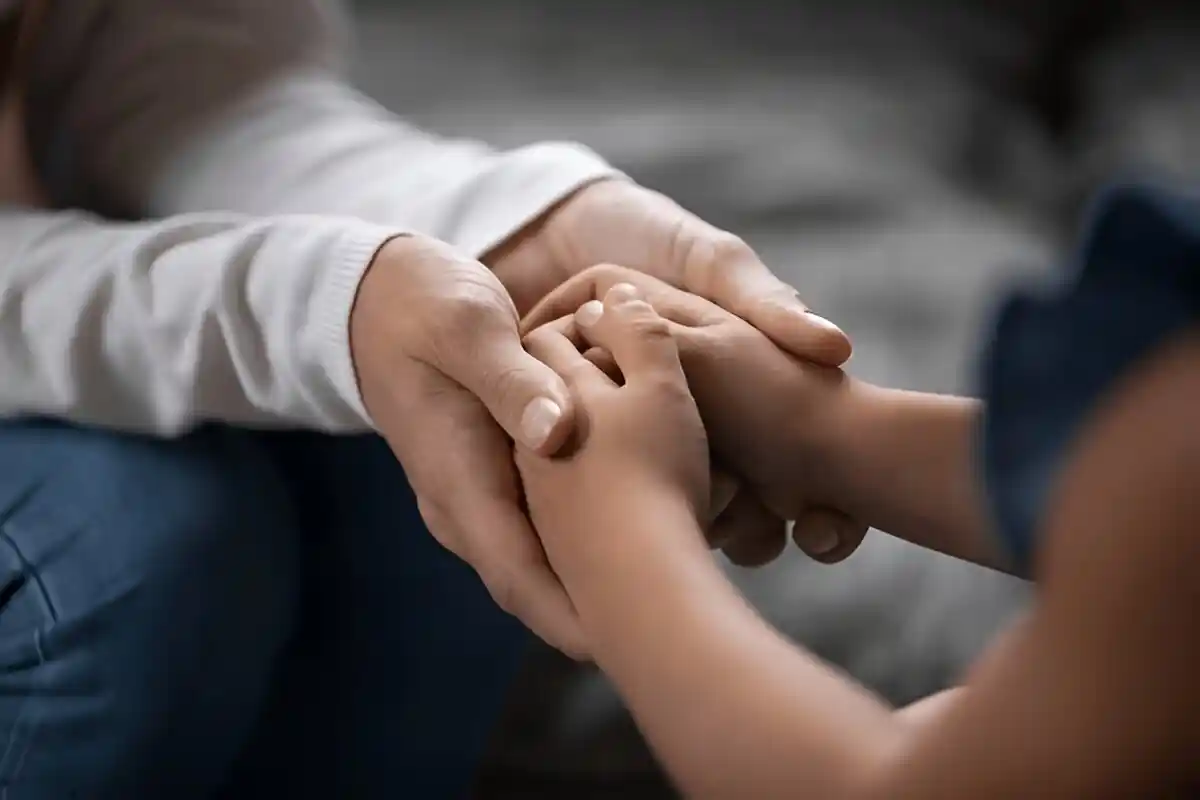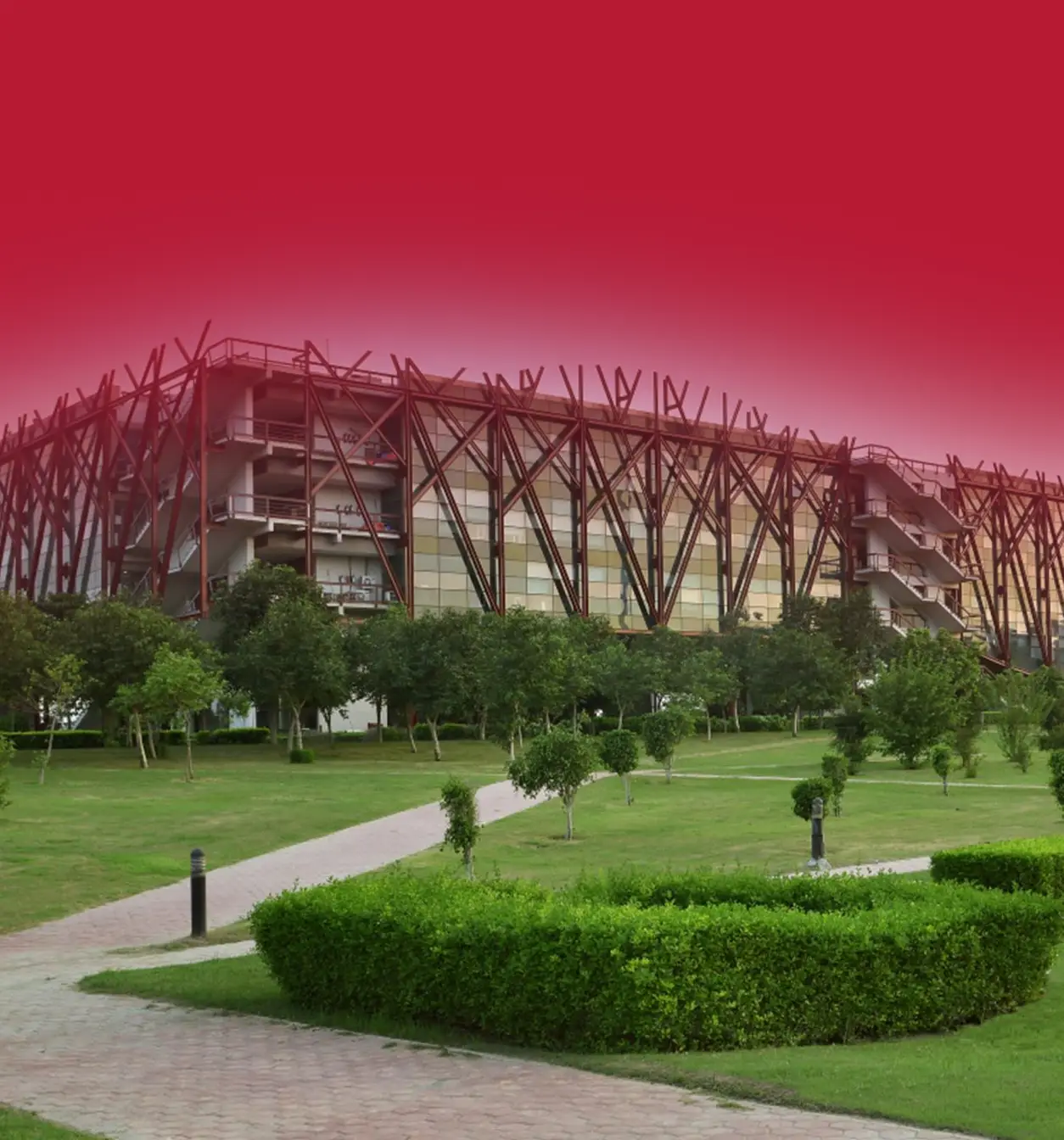Trauma in childhood can significantly affect a child’s emotional and psychological development. It can be due to abuse, neglect, domestic violence, or disaster. Young children, especially those who are unable to verbalise complex feelings, may not respond effectively to traditional talk therapies. In response, innovative therapeutic methods such as play therapy, art therapy, and sand tray therapy have gained recognition for their efficacy in facilitating emotional expression and trauma processing in children. These approaches are developmentally appropriate, engaging, and grounded in both the clinical practice of child psychology and emerging neuroscience.
What is Childhood Trauma and What Is Its Impact?
Childhood trauma is highly prevalent worldwide. Research in India indicates that every second child may be exposed to some form of abuse, with significant underreporting due to stigma and limited surveillance. Globally, research from the National Centre for PTSD shows that 15% to 43% of girls and 14% to 43% of boys experience at least one traumatic event, and a significant proportion develop post-traumatic stress disorder (PTSD).
Trauma can disrupt critical areas of development, including attachment, emotional regulation, and cognitive functioning. Addressing these effects requires therapeutic models that align with how children naturally process experience through play, imagination, and creativity.
What Are Creative Therapies and How Are They Useful?
Creative therapies are built on children’s natural modes of communication. It provides non-verbal, symbolic avenues for accessing and expressing emotions. Literature supports their role in promoting safety, emotional connection, and regulation. The following modalities have demonstrated particular effectiveness in trauma interventions and are widely studied within child psychology.
Play Therapy
Play therapy creates a therapeutic space where children can externalise internal conflicts using toys and imaginative scenarios. Techniques such as doll play, role play, and storytelling enable children to express fears, regain a sense of mastery, and develop adaptive behaviours.
- Doll Play: Children use dolls to enact scenes representing events or emotions that may be difficult to articulate.
- Therapeutic Storytelling: Co-creating narratives allows children to reframe traumatic experiences and introduce themes of mastery and resolution.
- Guided Imagery: Therapists guide children through calming, imagined environments to reduce anxiety and improve emotional regulation.
Meta-analyses show that play therapy is effective in reducing both internalising and externalising symptoms in children.
Art Therapy
Art therapy enables children to express emotions through drawing, painting, or sculpting. This form of expression facilitates emotional release, increased self-awareness, and greater resilience to stress.
Key benefits include:
- Enabling non-verbal emotional expression
- Reducing physiological indicators of stress
- Supporting problem-solving and narrative integration
Sand Tray Therapy
Sand tray therapy allows children to construct miniature worlds using sand and figurines. This approach is particularly effective for children with complex or chronic trauma who may find verbal communication challenging.
It facilitates symbolic representation of the child’s inner world and fosters insight through metaphor and play. Research supports its effectiveness in addressing grief, trauma, and relational disruptions.
Evidence-Based Models and Trauma-Informed Practice
A trauma-informed model acknowledges the widespread nature of trauma and prioritises emotional safety, empowerment, and collaborative care. Key components include understanding the neurobiological impacts of trauma and creating environments that minimise re-traumatisation.
Trauma-Focused Cognitive Behavioural Therapy (TF-CBT)
TF-CBT is a widely validated, evidence-based treatment for children and adolescents who have experienced trauma. It combines trauma-sensitive cognitive-behavioural techniques with creative approaches such as drawing and storytelling. This integrated model supports young clients in processing traumatic experiences and developing effective coping strategies.
Creative therapies stimulate brain regions involved in emotion regulation (amygdala), executive functioning (prefrontal cortex), and memory (hippocampus), thus aiding neural recovery and integration. By promoting neuroplasticity, these methods are particularly suited to children with disrupted developmental pathways, an area of growing focus in child psychology research.

Educational Pathways in Child Psychology and Trauma Therapy
Students interested in a child psychology career, particularly in trauma-informed and creative modalities, need academic programmes that offer a holistic combination of theoretical knowledge, clinical training, and research engagement.
Jindal School of Behavioural Science (JIBS), O.P. Jindal Global University
JIBS provides an academically rigorous and research-oriented environment for students aspiring to enter a child psychology career or work in therapeutic settings involving children and adolescents.
Our programmes include:
- M.A./M.Sc. in Applied Psychology
- M.Sc. in Psycho-Social Rehabilitation
- Ph.D. Programme
The Applied Psychology programme allows students to specialise in one of the following prominent branches: Child Psychology, Community Psychology, Forensic and Investigative Psychology, or Industrial and Organisational Psychology.
As a values-driven research institute and proud affiliate of the Academic Council on the United Nations System (ACUNS), JIBS is deeply committed to carrying out multidisciplinary, empirical research in the field of behavioural science.
As part of its curriculum, JIBS also offers specialised components within its child psychology program that address trauma interventions, developmental challenges, and creative therapies. Students pursuing this path benefit from hands-on learning, field placements, and applied research.
Conclusion
Creative therapeutic approaches, such as play therapy, art therapy, and sand tray therapy, provide developmentally appropriate, evidence-based methods for supporting children’s emotional recovery from trauma. Backed by neuroscience and clinical evidence, these modalities offer powerful alternatives when conventional talk therapy is insufficient.
With growing interest in trauma-informed practice, academic institutions offering a comprehensive child psychology program, such as the Jindal School of Behavioural Science, train future professionals with the expertise to make meaningful contributions in the field. Through research, interdisciplinary learning, and real-world application, such programmes advance the quality and accessibility of child mental health care.
Frequently Asked Questions
1. Can I choose between an M.A. and M.Sc. in Applied Psychology at JIBS? What’s the difference?
Yes, the programme at JIBS leads to either an M.A. or M.Sc. in Applied Psychology, based on your academic background and preferences. While the curriculum and specialisations remain the same for both, students with an undergraduate degree in Psychology or related sciences typically pursue the M.Sc., which may place a greater emphasis on empirical research and data analysis. The M.A. is equally rigorous but may cater more to students with backgrounds in humanities or social sciences.
2. What kind of hands-on or real-world experience will I get during the course?
JIBS places strong emphasis on experiential and skill-based learning. Students are involved in field-based practicums, research projects, and three mandatory internships spread across the two years. These are complemented by workshops, seminars, and interactive sessions with leading experts from academia and industry. You’ll also have access to cutting-edge research laboratories such as the Brain Behaviour Lab, Forensic Science Lab, and Psychology Research Lab for hands-on experience in applied psychological research.
3. Are specialisations available, and when do I choose mine?
Yes, students can specialise in one of four key areas: Child Psychology, Community Psychology, Forensic & Investigative Psychology, or Industrial & Organisational Psychology. The choice of specialisation is made at the time of admission and is reflected in your course structure from the second year onwards. Each track includes dedicated coursework, electives, internships, and research aligned with that area.
4. What are the eligibility criteria and selection process for this programme?
Applicants must hold an undergraduate degree in any discipline with at least 50% marks. Admission is based on performance in the Jindal-PMAT (Psychology Master’s Admissions Test) and a personal interaction round. We also accept standardised tests such as the GRE, GMAT, or CAT. Selection is holistic and considers both academic background and aptitude for applied psychological study.
5. What career opportunities will this programme prepare me for?
Graduates of the M.A./M.Sc. Applied Psychology programme at JIBS is equipped for a wide range of roles in healthcare, education, corporate, legal, developmental, and non-profit sectors. Common job titles include Psychologist, HR Executive, Research Executive, CSR Consultant, Operations Executive, and Mental Health Professional. Many students also pursue further academic or research training at the doctoral level. Our Office of Career Services supports internships and placements with top employers, and the most recent batch saw a placement rate of over 81.5%.
6. Are international opportunities available during the course?
Yes, JIBS maintains collaborations with prestigious universities such as the University of Essex, King’s College London, the University of Melbourne, and the University of Southampton. Through these partnerships, students can participate in Dual Degree Programmes, Summer and Winter Schools, and research exchange opportunities. These global engagements enrich the academic experience and open up international career pathways.





